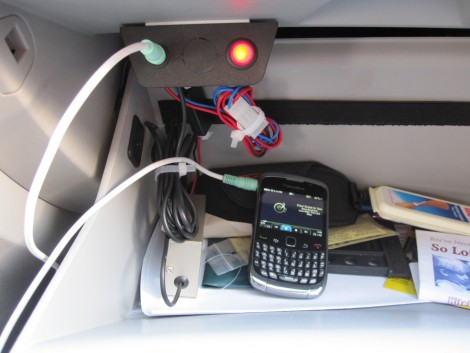It’s been a while since we looked in on a TED talk but this one is fantastic. [Yves Rossy] is interviewed about his jet-powered flight wing at the TED conference. He designed the unit as a form of personal flight. He straps it on, jumps out of a plane, then flies across the sky until he runs out of fuel. There’s no steering mechanism; it’s more of a fixed-wing hang glider plus jet turbine engines. But the pilot can affect the direction of the wing by moving his body.
We’ve embedded the video after the break. The first five minutes are all flight footage (which you’re going to want to watch… we specifically kept the banner image vague so as not to spoil it for you). After that, you’ll enjoy the interview where details about the hardware and its operation are shared.
The wing itself is about 2 meters across, hosting four kerosene-powered turbine engines. There’s about eight minutes worth of fuel on board, which [Yves] monitors with a clock while also keeping an eye on the altimeter. Landings are courtesy of a parachute, with a second on board as a backup. If things go badly–and they have as you’ll hear in the interview–an emergency release frees the pilot from the machine.
Want to build your own? Maybe this will get you started.

















